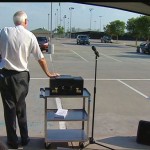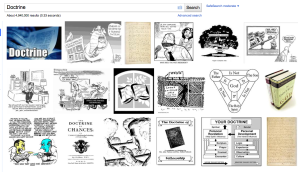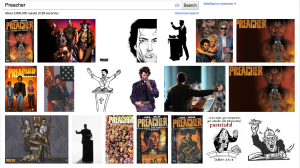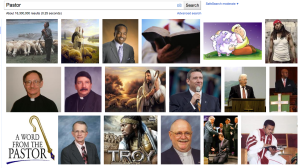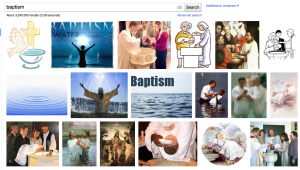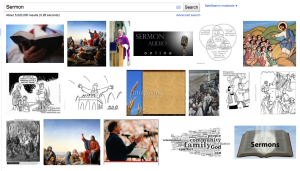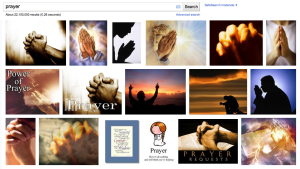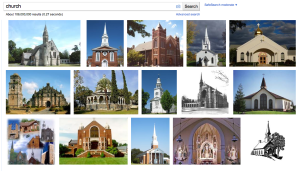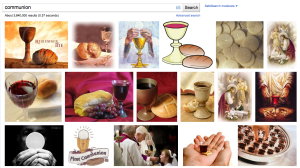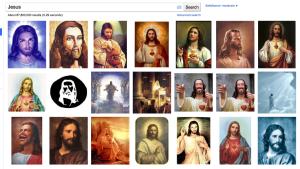 A number of years ago when the Episcopal church has elected Bishop Gene Robinson and had gone through the turmoil of theological, ethical, and cultural debates of gay clergy and affirming those positions there were many from the Episcopal church. Not just because of that reason, there were a few localized reasons, my friend Thomas left his position within the Episcopal church and started an Anglican church under the direction of a Rwandan Bishop and the Anglican Mission in America. So essentially he started a new church a few miles from his prior church and was ordained as a missionary to America.
A number of years ago when the Episcopal church has elected Bishop Gene Robinson and had gone through the turmoil of theological, ethical, and cultural debates of gay clergy and affirming those positions there were many from the Episcopal church. Not just because of that reason, there were a few localized reasons, my friend Thomas left his position within the Episcopal church and started an Anglican church under the direction of a Rwandan Bishop and the Anglican Mission in America. So essentially he started a new church a few miles from his prior church and was ordained as a missionary to America.
Yes, this is a very short history to some really complex decisions and people. But this is a blog posting, not a book.
With that short history in mind, I am curious to see if something similar would be at play within the United Methodist Church as they approach General Conference 2012 and American United Methodist Pastors have become more vocal in their intentions and support of a full inclusion into the church.
Africa is our fastest (and maybe only) growing region of the church and they are extremely influenced by a conservative methodist framework. Again, more sweeping generalizations.
So I was reading this article on a “Splinter Group” of Methodist leaders who have resigned their credentials and started a “Methodist Revival” group.
five former United Methodist Church pastors who recently hogged the limelight when they resigned from their church at the same time, will today launch their church, the Methodist Revival Church (MRF) at Harare Gardens today.
Former UMC pastor and MRF leader Philip Mupindu, will be the main speaker at the event that is expected to run from 8am to 2pm. MRF marketing officer Francis Chitambira said various gospel musicians including Agatha Murudzwa were lined up for the event.
Also expected to perform at the event are various choral groups including Methodist groups Marimba aJehovha Gospel Singers and Nyevero Dzedenga. “Many people from various parts of the country confirmed they will attend,” Chitambira said.
“We also invited members of other churches, including our former church’s bishop (Eben Nhiwatiwa) and pastors. although I am not sure whether the bishop will be able to accommodate our event in his schedule, some pastors confirmed.”
Chitambira said the aim of the launch was to explain the new church, its origins and mission, which will serve as apostles seek to bring more people to God through working with other churches to spread the word. The new church maintains the red colour being used by UMC, but dropped the colour blue for green.
“The red on our church logo symbolises the Holy Ghost fire coming from heaven towards the church and also the blood of Jesus who died for all humankind,” Chitambira said. “Green symbolises life. We also have the Bible, showing that we are bound by the word of God, which is a living word.”
The new church will also use hymns, from both the UMC and the Methodist in Zimbabwe, together with other praise and worship songs. Although UMC and the Mupindu group maintained that the UMC as a church did not split, but that just five people withdrew their services from the church, the fact that some congregants left the UMC to fellowship with them means there was a split.
Call me alarmist if you like. History does repeat itself and I am sure that this idea could be a real possibility at play if/when all things go crazy in the United Methodist Church.

